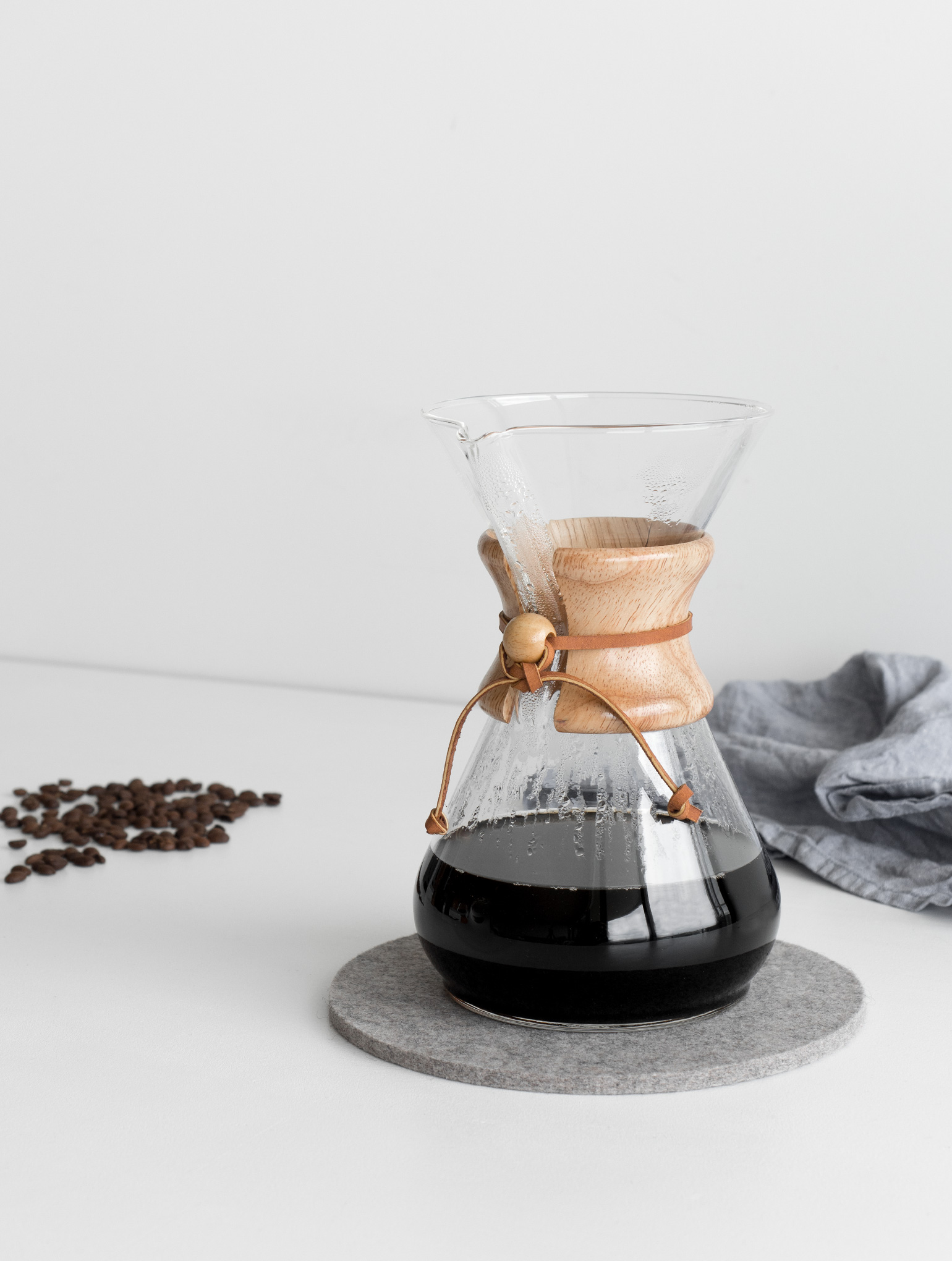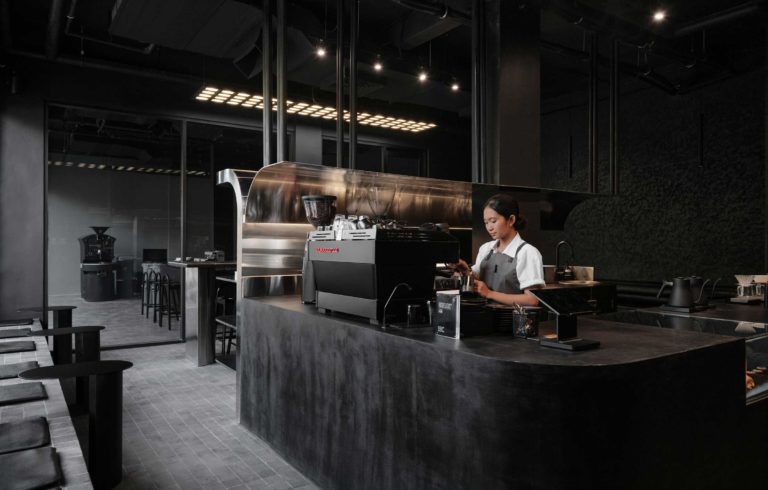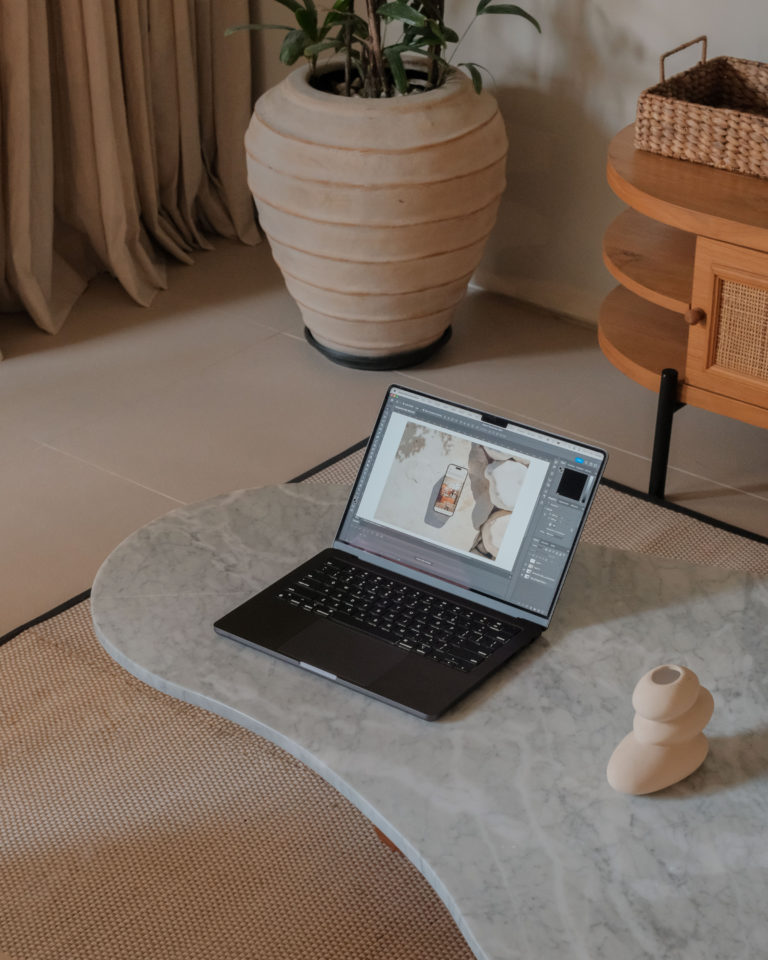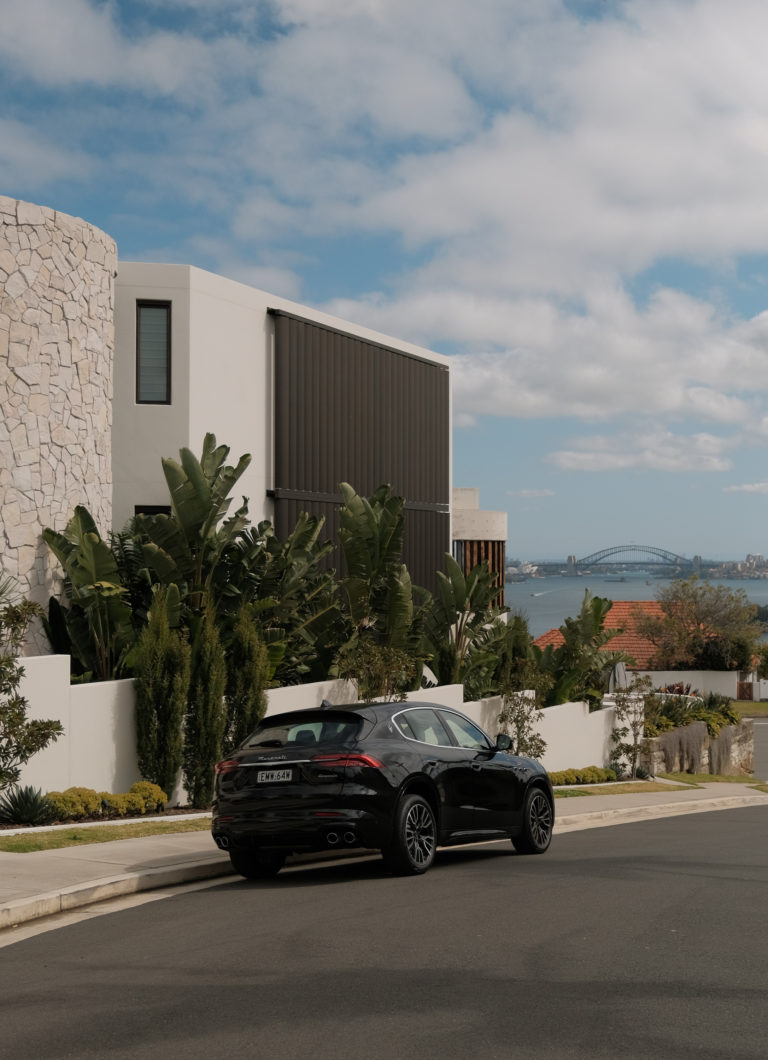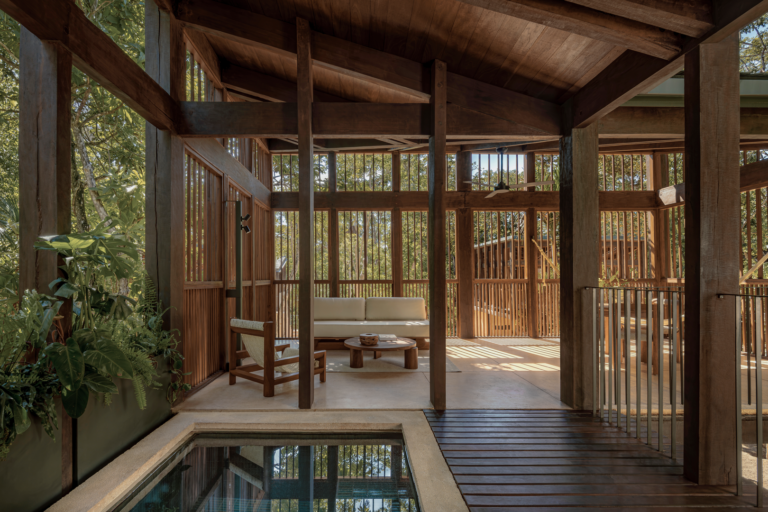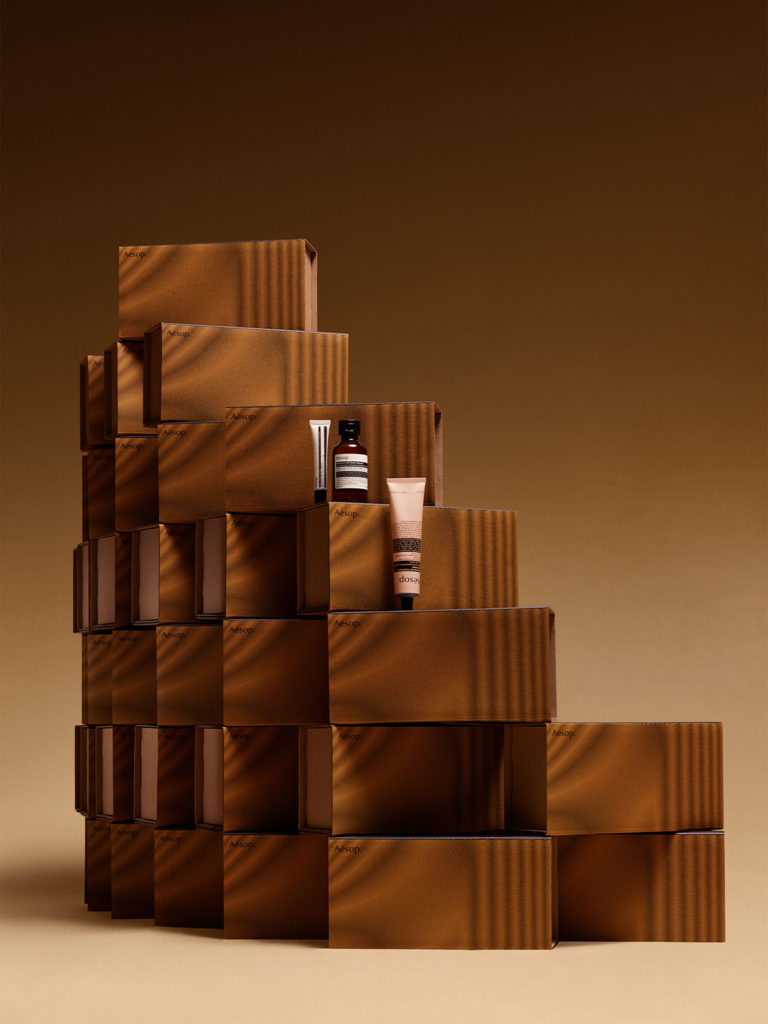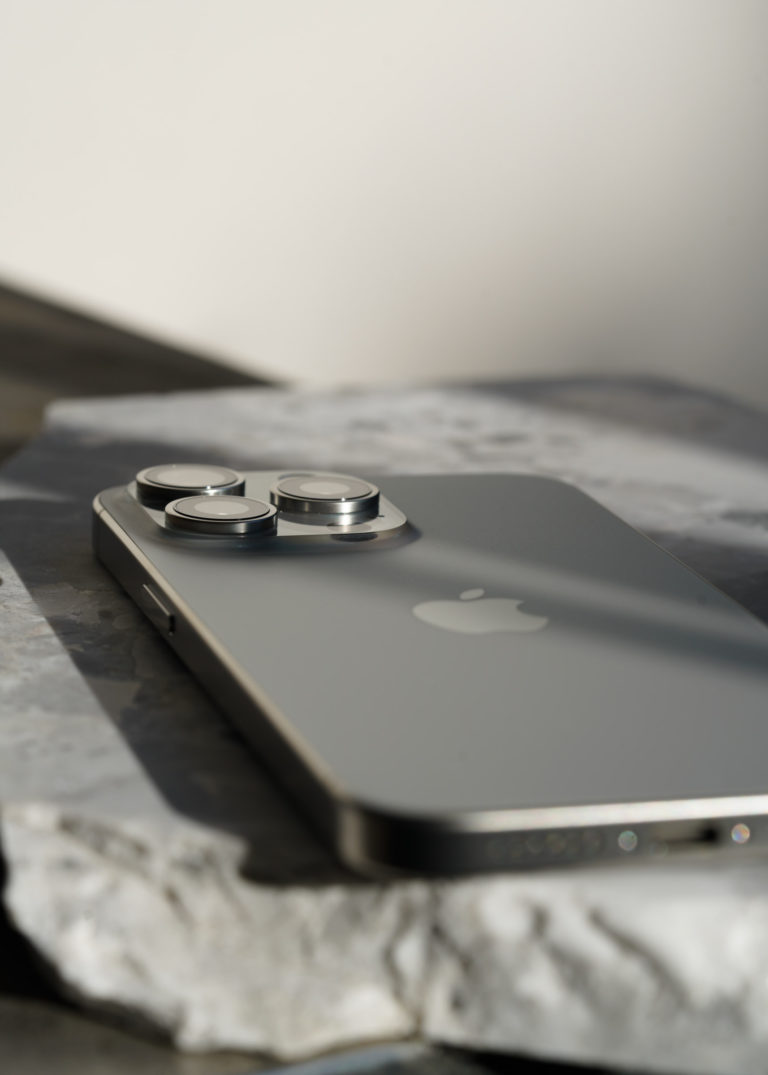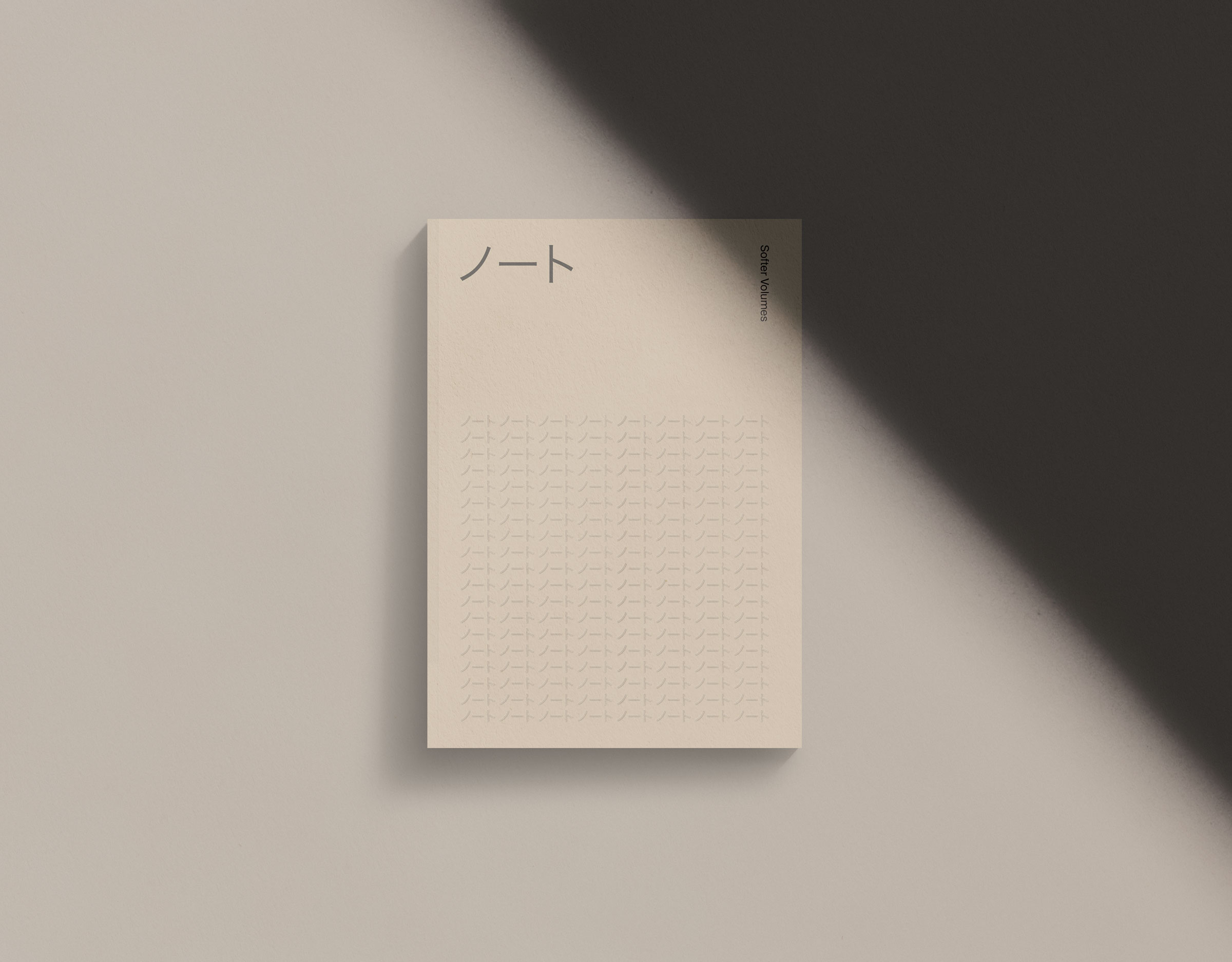As many of us strive to be more mindful, we look for aspects of our daily routine that can be tweaked to help achieve this. For coffee drinkers, manual brewing with a pour over coffee maker can be quite a satisfying and rewarding process. It also results in a smooth, light, and clean tasting coffee. Sure, it takes more time than pushing a button on a machine, but it allows you to slow down and appreciate the art of brewing.
We asked barista and trainer at Allpress Espresso, Marc Bogunovic, to guide us through the process of crafting the perfect cup of pour over coffee. He suggests there are three variables that will affect the final brew; the temperature, grind, and dose/volume.

It’s important to keep your water temperature accurate. According to Marc, “Heat is an accelerant in coffee extraction. The hotter the water, the faster the coffee extracts. The colder the water, the longer the water will take to extract.” Get the temperature right — between 85–90°C — and the coffee will extract at the perfect pace, releasing all its flavours without burning. Marc recommends using a temperature-controlled gooseneck kettle for precision.
The grind is also an important factor when it comes to brewing pour over. “Freshly ground coffee is always ideal and grind freshness will determine the complexity in flavour of the final product. Grind size will determine how quickly the water will pass through the coffee. Too fine of a grind will slow down the brew time, highlighting bitter flavours on the back of the palate. Too coarse of a grind will offer little resistance, speeding up the brew time, highlighting sour flavours on the front of the palate. The perfect grind size should achieve a well-balanced and even coating of flavour on the entire palate.”
The last variables are, according to Marc, the only ones that should ever be manipulated. These are the dose of coffee and volume of water. “A lower dose or a higher water volume will achieve a cleaner, sweeter brew while a higher dose or a lower water volume will achieve a darker and fuller-bodied brew. The freedom is there for the drinker to tailor a recipe to suit their personal tastes, while not compromising the science behind extraction.”


How To Make Pour Over Coffee
- Fill temperature-controlled kettle with water and set to 85–90°C. Alternatively, bring a regular kettle to the boil and leave to sit for 2–3 minutes.
- Insert filter paper into filter cone and pour hot water over filter, cone, and decanter, then discard water. This is to remove any residual paper flavour and to bring all tools up to the correct temperature.
- Weigh out 21g of coffee beans on a scale. With a coffee grinder, grind the beans for filter size. This grind size is a halfway point between espresso and plunger grinds. It will feel slightly coarse between the fingers and leave a light stain. Alternatively, 2–3 even scoops or tablespoons can achieve this rough dose.
- Place ground coffee into the centre of the cone and shake/settle gently to level the coffee.
- Place decanter with cone and coffee onto scales and tare off to zero.
- Bloom coffee by wetting it lightly and gently until all grinds are wet. The bloom should make the coffee rise and look bubbly. Leave for 30 seconds. This initial process takes out the CO2 from the coffee and releases its aromatics.
- Once this time has passed, begin your pour. Start in the centre and move in a slow and steady circular motion outwards until you reach a final weight of 350g. When pouring, do one single wash down around the sides about half way through to settle grinds but avoid doing this continuously as it will cause channelling. Alternatively, if not using scales, just go with a visual approximation.
- Brew should take approximately 3 minutes depending on dose, volume, and grind size.
To purchase coffee and brewing tools, visit:
allpressespresso.com
rushfaster.com.au
alterntivebrewing.com.au
Feature image: Chemex Classic 6 Cup from alternativebrewing.com.au.
